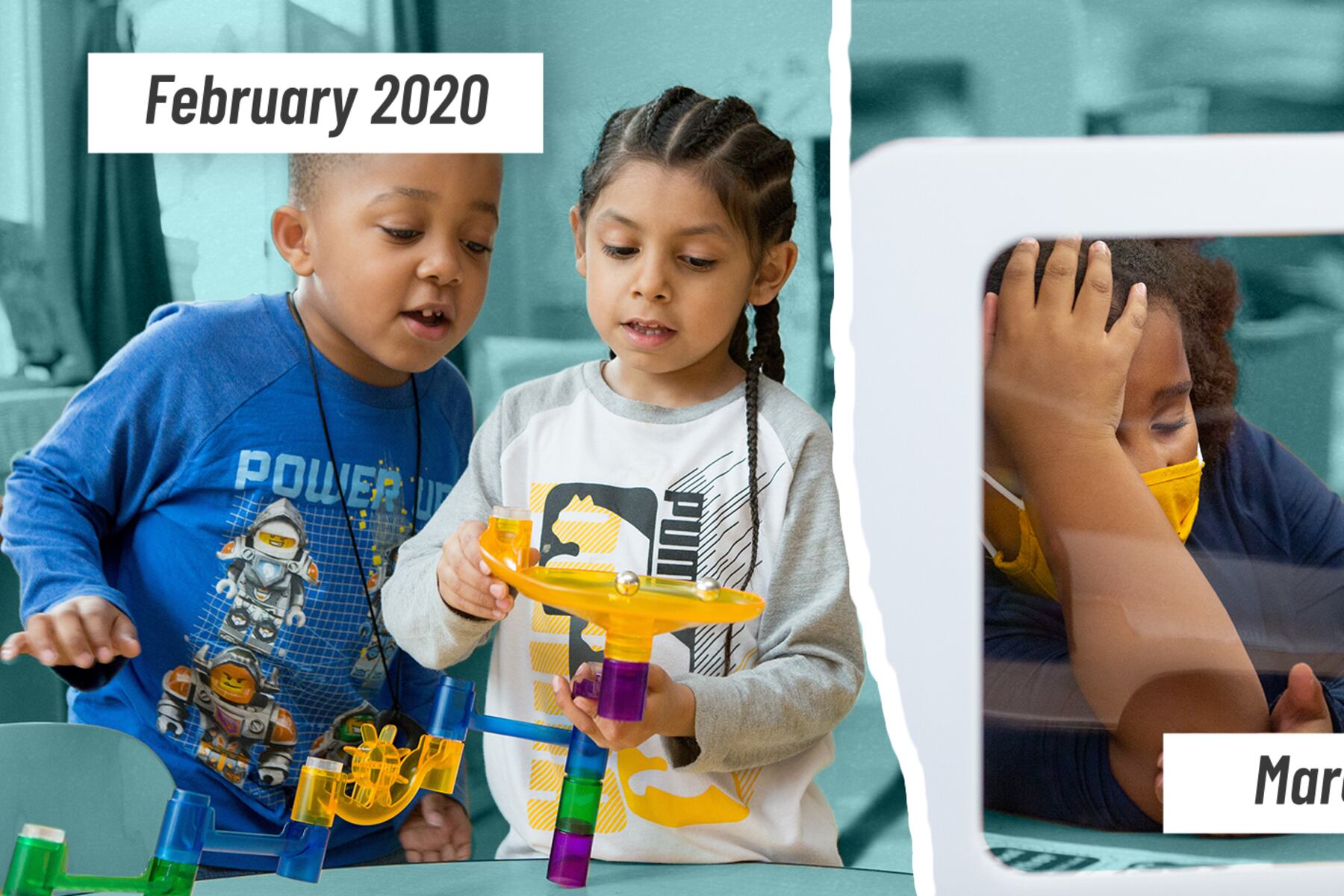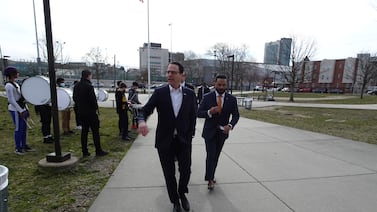Dr. Kem,
It feels like teachers are expected to go back to the way things were before the COVID-19 pandemic, without recognizing how differently everyone experiences life now.
I teach at a school for emotionally impaired students and we had really poor academic outcomes this past year. Our school was incredibly understaffed, to the point that I had to combine all middle school students into one room when others were out sick. I don’t blame my admin or the district — it’s a trickle-down effect — but I’m burnt out.
Administrators and the district are heavily focused on addressing learning loss and conducting academic data review check-ins, but it doesn’t feel like that’s speaking to the heart of the issue. That’s been the most frustrating.
Our youngest students have never had a normal school year, and we’re seeing increased behavioral challenges compared to other years. As educators we know what we need to do to support students, but we’re being asked to prioritize their grades over their emotional needs.
Dr. Kem, I know changes to the system are needed, but how can teachers ensure the changes being made are aligned with what students actually need? And how can we make sure the changes are sustainable when we are under-resourced? – Chasing Changes
[Are you a teacher? Submit your question for our advice column here.]
Dear Chasing Changes,
You are not alone.
America’s education system was driving with its check engine light flashing BEFORE schools closed in 2020. Someone needed to stop and ask teachers what to do years ago. Instead, the push to keep rolling along until the wheels fall off was heightened by the pandemic.
Understaffing and the need for more resources happens daily in schools all over the country. Schools need better funding to increase teacher pay and provide equitable resources, de-politicize curriculums that provide autonomy for teachers, and improve professional development programs.
Education is not a fundamental right under the constitution. The establishment of education is one of the powers reserved to the states under the Tenth Amendment. We have to be active on the state level to challenge legislation that is designed to undermine public education. As educators we have the ability to invite legislators to our classrooms and allow them to hear our voices and those of our students.
One thing teachers can do collectively is vote. The entire ballot matters, from the local school board and district committee members to the United States President. Engage in this fundamental right to create a better education system.
Along with voting, you can ensure your classroom is equipped to meet your student needs by participating in social media movements like #clearthelist. Teachers and their communities raise funds to ensure that under-resourced classrooms get the supplies they desperately need.
To participate, go to Amazon.com, create an account, and add a wish list of items you need for your classroom. Once your list is created add it to your profile on platforms like Twitter and Instagram. Then, search #clearthelist, and share your list with other teachers who will amplify it with their followers until your list is cleared. You can repost other teachers’ lists, too.
Within your classroom walls, focus on what you can control by creating consistency, routines, and patterns for students. Help them understand expectations when they arrive, throughout the day, and as they depart. Focusing on problems instead of solutions sets you up to worry about what’s wrong with education, instead of what is right.
Here’s how I ensure my sanity and put student needs first, even when change is the only constant.
– Every day is a new day. Practice a fresh start policy. Everyone, including the teacher who may have participated in an unproductive act the day before, gets a clean slate. There are no carryovers. If the day needs to start with a restorative circle instead of coursework, give yourself permission to pivot.
– Pursue progress, not perfection. Consistently show up for students who are chipping away at their individual Big Hairy Audacious Goals (B.H.A.G.s). That teaches them the perseverance to accomplish even the most difficult task. The old saying goes, “how do you eat an elephant?” One bite at a time.
– Look for ways to make a positive impact. There are children whose home lives are less than ideal. What brings us to tears is their norm. Sincerely look for ways to plant seeds of greatness without being condescending.
I painted “Intelligence is your birthright” and “Today, I will walk in my power” on the wall in my classroom. I have had to explain to an astonishing number of high school students what those two phrases mean.
A difficult part of our job is helping the people around us see how life is an opportunity to pursue greatness. We show them when we transform our school communities with positivity.
Chasing Changes, things are different now. While we can’t go back to the way things were before the pandemic, and in reality, they weren’t much better, focus on actions you can take with the teaching community and what you personally can control in the classroom.
Thank you for writing this letter. Composing your thoughts is the first step in helping other teachers who are facing similar situations.
I want to encourage all educators to use their voices. I am here. “After the Bell” is here.
We can unite in the power of our collective voices.
Dr. Kem Smith is Chalkbeat’s first advice columnist. She is a full-time 12th-grade English teacher in St. Louis, Missouri. Submit your question to Dr. Kem via this submission form, and subscribe to How I Teach to receive her column in your inbox.
If you have a rebuttal or additional advice you’d like to share with Chasing Changes, please email afterthebell@chalkbeat.org







